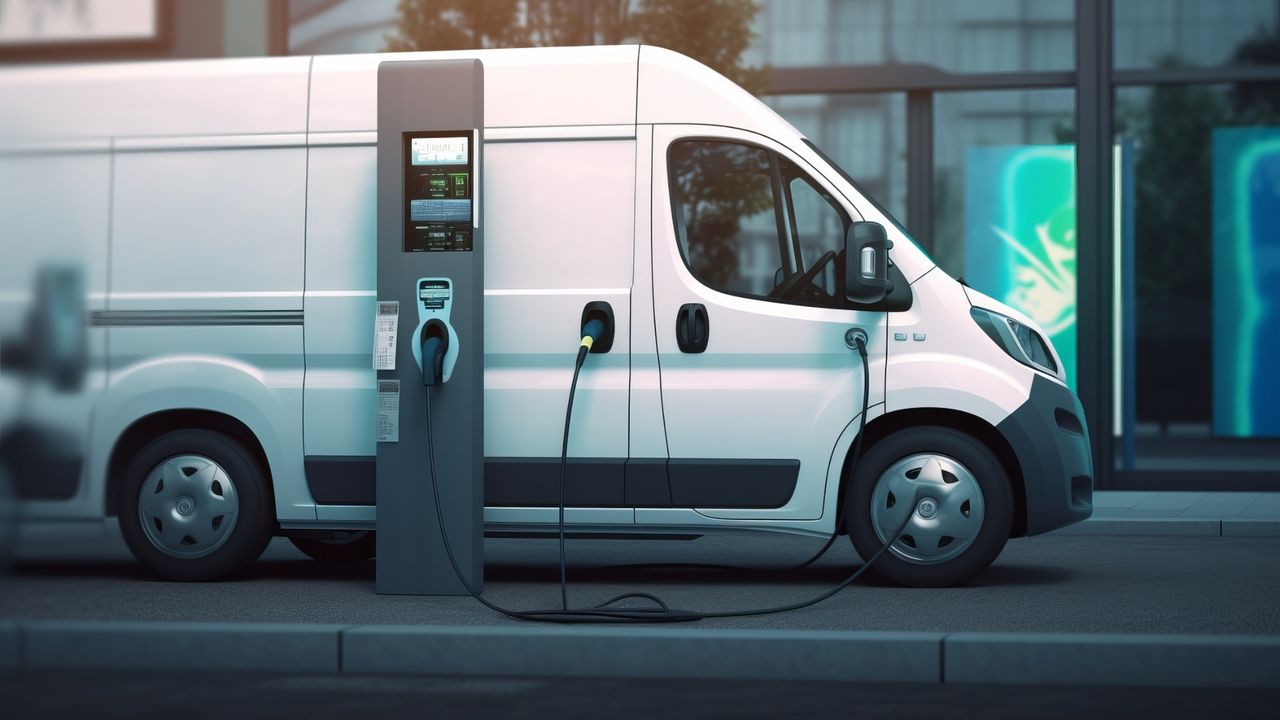Electric Vehicle Charging at Home: Options and Considerations
With the increasing popularity of electric vehicles (EVs), more and more people are considering the convenience of charging their vehicles at home. Residential charging provides EV owners with the flexibility to recharge their vehicles overnight, ensuring they start each day with a full battery. In this article, we will explore the different options and considerations for electric vehicle charging at home, including electricity tariffs, charging stations, and residential charging.
Electricity Tariffs
One of the key factors to consider when charging an electric vehicle at home is the electricity tariff. Different utility companies offer various tariffs specifically designed for EV owners. These tariffs often provide discounted rates during off-peak hours, which can significantly reduce the cost of charging your vehicle.
It is essential to research and compare the different electricity tariffs available in your area. Look for tariffs that offer lower rates during times when you are more likely to charge your vehicle, such as overnight. This way, you can take advantage of the cost savings and maximize the efficiency of charging your EV at home.
Charging Stations
When it comes to residential charging, there are two primary types of charging stations to consider: Level 1 and Level 2 chargers.
Level 1 Chargers
Level 1 chargers are the most basic charging option and typically come with the purchase of an electric vehicle. These chargers use a standard household outlet (120 volts) and provide a charging rate of around 4-5 miles of range per hour. While Level 1 chargers are convenient for overnight charging, they are relatively slow and may not be suitable for those who require frequent and fast recharging.
Level 2 Chargers
Level 2 chargers, on the other hand, offer a faster charging rate compared to Level 1 chargers. These chargers require a dedicated 240-volt circuit and are usually installed by a professional electrician. Level 2 chargers can provide a charging rate of around 25-30 miles of range per hour, significantly reducing the charging time compared to Level 1 chargers.
Installing a Level 2 charger at home may require some upfront investment, including the cost of the charger itself and the installation fees. However, for those who rely heavily on their EVs or have longer daily commutes, the faster charging time provided by Level 2 chargers can be well worth the investment.
Residential Charging
When setting up a residential charging station, there are a few considerations to keep in mind:
- Location: Choose a location for your charging station that is easily accessible and convenient for parking your EV. Consider factors such as proximity to your electrical panel and the length of the charging cable.
- Electrical Capacity: Ensure that your electrical panel has enough capacity to handle the additional load of the charging station. It is recommended to consult with a qualified electrician to assess your electrical system’s capacity and make any necessary upgrades.
- Permitting and Regulations: Check with your local authorities regarding any permits or regulations that may be required for installing a residential charging station. Some areas may have specific guidelines or restrictions that need to be followed.
- Smart Charging: Consider investing in a smart charging system that allows you to schedule and optimize your charging based on electricity tariffs and grid demand. These systems can help you take advantage of off-peak rates and reduce the strain on the electrical grid.
By considering these factors and making informed decisions, you can set up an efficient and cost-effective residential charging system for your electric vehicle. Charging your EV at home not only provides convenience but also allows you to take advantage of lower electricity tariffs and reduce your carbon footprint.
Remember to consult with professionals, such as electricians and utility companies, to ensure that your charging station installation meets all safety and regulatory requirements. With the right setup, you can enjoy the benefits of electric vehicle ownership while minimizing the hassle of finding public charging stations.
